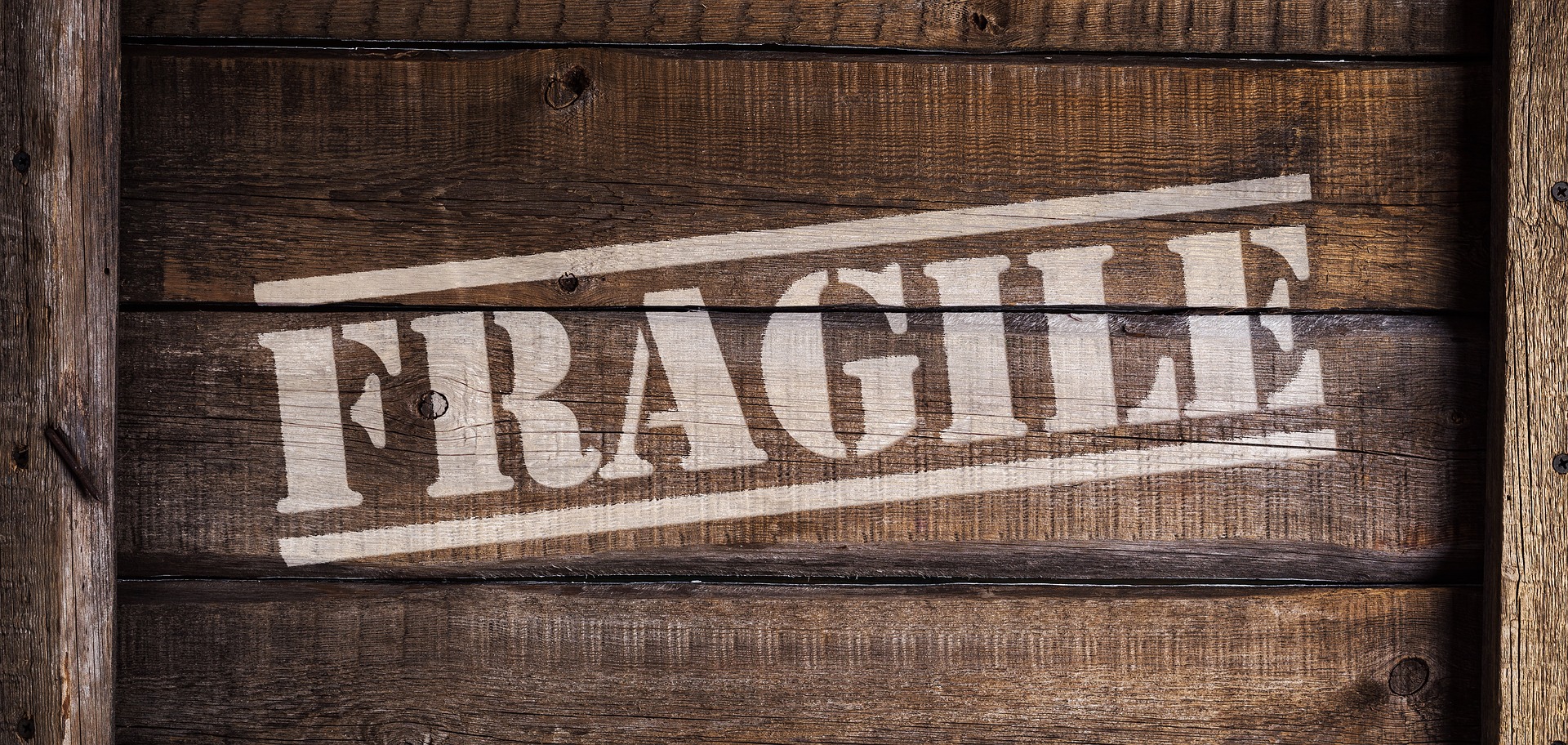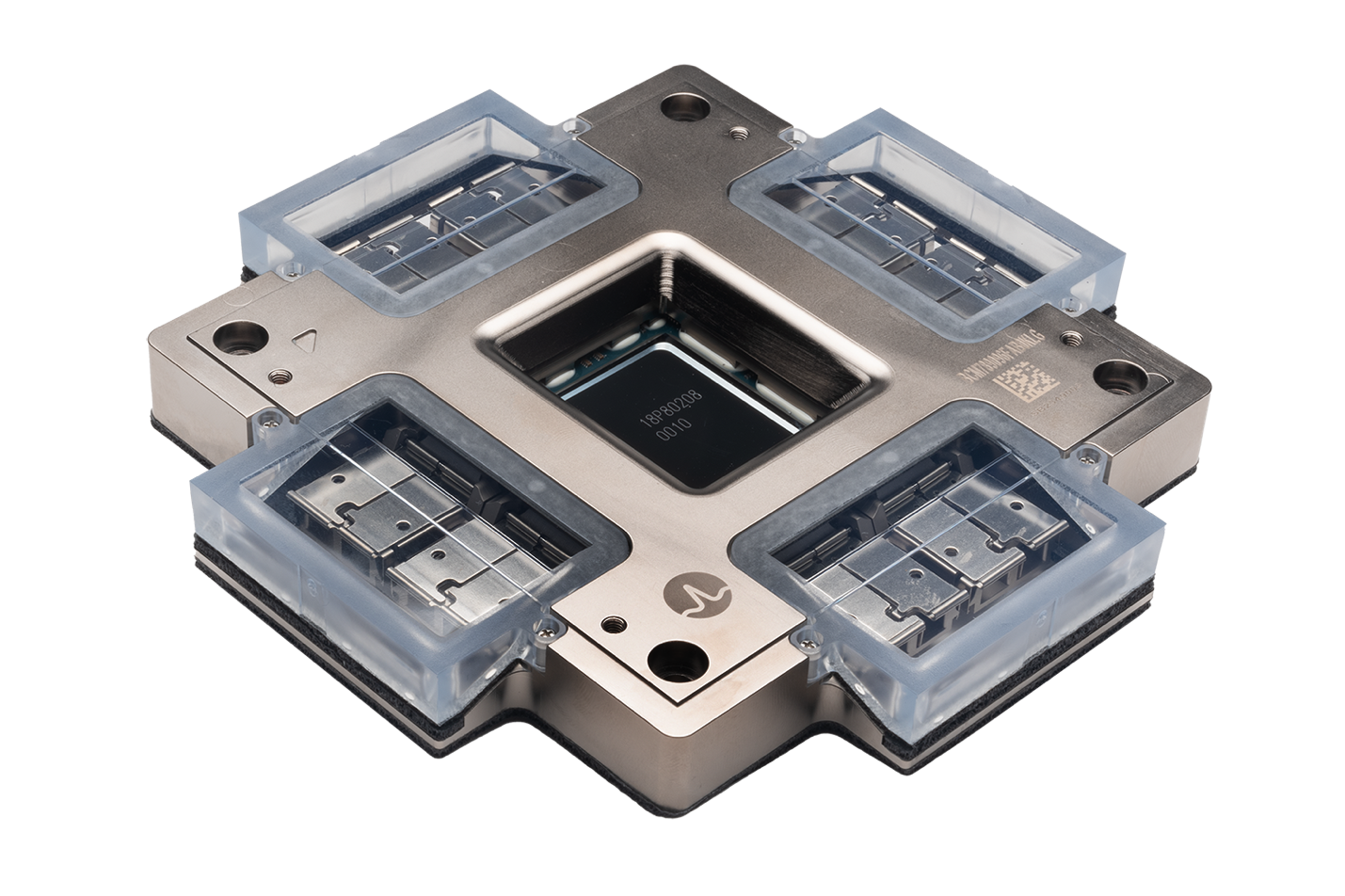Glass is very fragile. Evidence of this is in the plethora of options for shipping preparations and packing materials.
Glass is very fragile. Evidence of this is in the plethora of options for shipping preparations and packing materials.
To ensure the product is in one piece upon delivery, lots of packing material is used with stickers added to the exterior of the box to alert people of the fragile contents inside.
Of course, you know that fiber optic cables have glass in them, but it’s easy to be misled by the jacket surrounding the glass core; it would appear to be protected enough.
Don’t be fooled. You will need to handle this product with care. Here are some of the best practices for handling fiber optic cables.
Leave Cable in a Safe Space
Leave your cable boxes in a safe place until your team is ready to use them. Don’t open, don’t unwrap. Err on the side of caution to avoid potentially damaging situations – like someone rolling a cabinet over it – crashing into it with a forklift truck!

Keep the Ends Protected
When using the assembly, make sure to leave the protective end-caps on until you are ready to plug the cable into the patch panel or transceiver.
These caps protect the most sensitive part of the fiber assemblies. Once removed, the tiny core of the cable, the glass that runs through its center, is now exposed to the contaminants in the environment surrounding it.
Contaminants that find their way to these glass ends can cause the loss of light flow, which means fewer data passes through. To ensure you maintain a clean connection to the other fiber end piece, wait to remove those caps!
Leaving these caps off opens the opportunity for scratching and pitting to occur. This can severely, or even completely, ruin the performance functionality of the jumper or trunk.
Don’t Pinch the Fiber
When handling fiber cable, never pinch or kink. While the glass inside is designed to be flexible, at a certain point it will snap, ruining your company’s expensive investment. Use Velcro to gather cables, never zip ties. Follow the manufacturer’s recommendations for bend radius and you’ll be fine.
Recent Posts
Introduction: A New Chapter in Optical Connectivit
Low-loss fiber connectivity is essential for...
Starting a data center hardware upgrade is a...
Posts by Tag
- data center (12)
- Fiber Optic Cables (11)
- Cabling (7)
- NETWORKING (6)
- Structured Cabling (6)
- Fiber Optic Cabling (5)
- Fiber Cable (4)
- Networking Cables (4)
- Fiber Cables (3)
- Hardware Security (2)
- IT Infrastructure (2)
- Port Replication (2)
- Sustainability (2)
- AI (1)
- Brocade (1)
- Carbon Offsetting (1)
- Data Security (1)
- FCOE Works (1)
- ICLs (1)
- IT Equipment (1)
- IT Network (1)
- IT infrastructures (1)
- POE (1)
- Switches (1)
- Tapped Holes (1)
- data centers (1)
- hardware (1)
- infrastructure (1)
- storage (1)
- strategy (1)
Popular Posts
Why does the gauge matter in my network’s racks?...
High dB loss in fiber optic cabling...
Let’s look at the construction of fiber optic...








